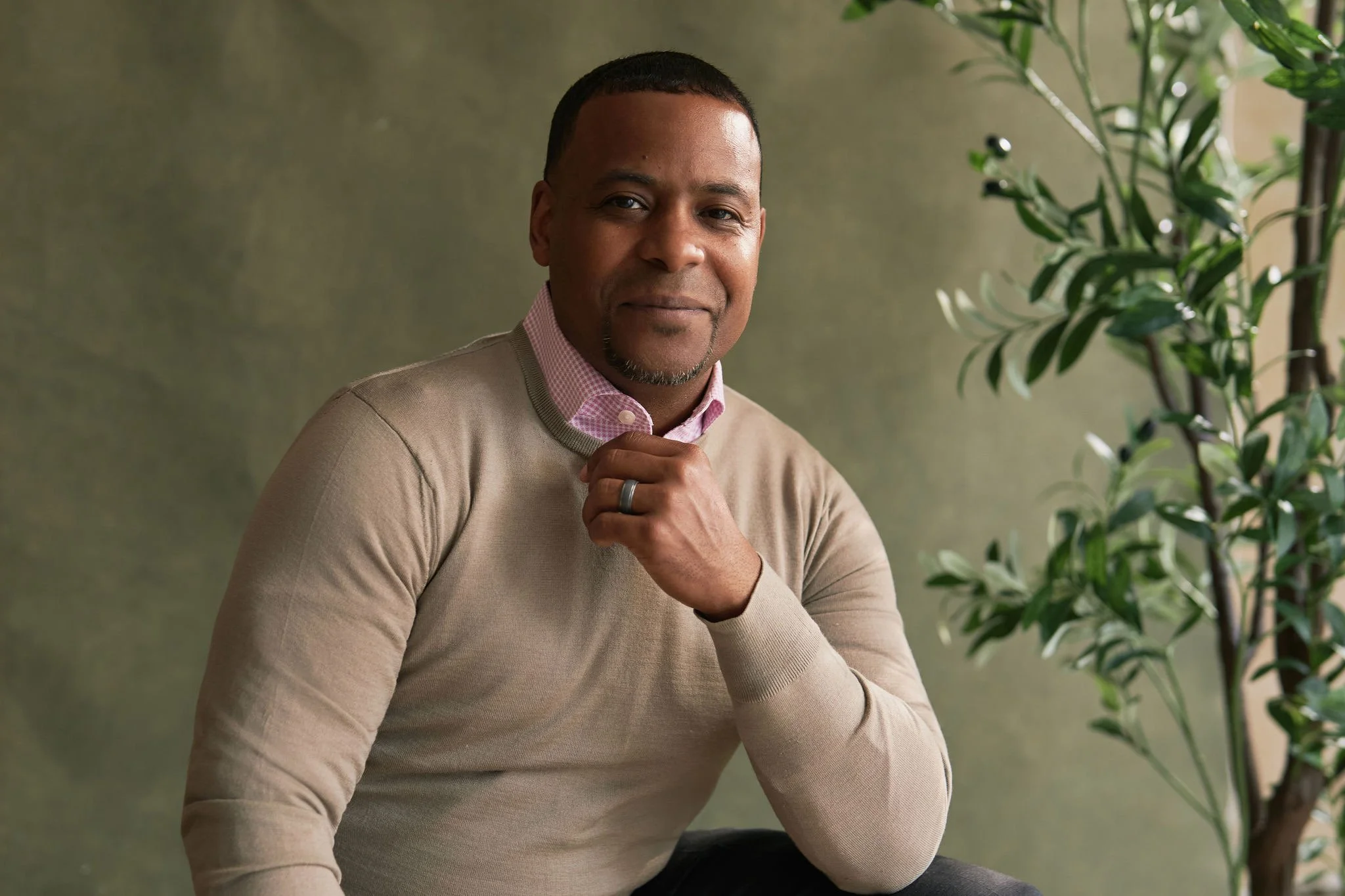Crown & Shadow: The Rook — Structure and Sovereignty
Not all power comes from speed or surprise. Some power endures simply by refusing to move until it must.
By Germar Reed
The Rook is the fortress piece.
He moves straight, far and long, but never diagonal, never erratic. His power is not in subtlety but in strength. He stands as a tower on the corners of the board, protecting the King, guarding the lines, offering solidity in a game of shifting fronts.
The Rook archetype represents structure. Where the Bishop sees diagonals and the Knight breaks patterns, the Rook preserves order. He is the stronghold that ensures chaos does not consume everything. He does not dazzle. He does not surprise. But without him, the board collapses.
The Rook’s Strength
The Rook is dependable.
He holds the lines others rely on. He protects the King’s flank, guards the vulnerable corners, and when the board opens, he becomes a force of terrifying reach. Few pieces can match his long, unbroken movement down the ranks and files.
In life, the Rook archetype appears as the loyalist, the protector, the builder. He is the general who secures the supply lines while others chase glory at the front. He is the judge or lawmaker who ensures rules are not abandoned in the heat of the moment. He is the friend who shows up every time, not because it’s exciting, but because it’s right.
The Rook reminds us that stability is not weakness, it is strategy.
The Burden of Solidity
But loyalty and order carry their own risks.
The Rook can become rigid, too bound by rules and structure to adapt. He may hold the line long after the line is lost, defending traditions or systems that no longer serve. His loyalty can make him blind, his sense of duty a chain as much as a shield.
This is the Rook’s burden: his very strength, steadfastness, can harden into inflexibility.
History offers examples of both. The Roman centurions, whose discipline held the empire for centuries, but also whose refusal to adapt eventually left Rome vulnerable. Or modern institutions, courts, churches, governments, that preserve stability but sometimes resist necessary reform until it is too late.
The Rook must learn not just when to hold, but when to move.
The Rook’s Shadow
Every archetype has a shadow. For the Rook, it is dogmatism.
When he clings too tightly to rules, he becomes brittle. When loyalty turns to blind allegiance, he risks protecting what should be questioned. In organizations, this looks like the manager who enforces policies but forgets people. In personal life, it can be the friend who confuses loyalty with silence, who guards the structure even when it harms those inside it.
The Rook’s downfall is not betrayal. It is stubbornness.
The Power in Presence
Despite these risks, the Rook is indispensable.
He is the defender of the realm, the embodiment of reliability in a world obsessed with disruption. He is not flashy, but he is trusted. Others can risk, leap, or innovate because the Rook holds the line. His presence is the condition that makes all other moves possible.
The Rook does not crave recognition. His reward is in being immovable until it matters. His dignity lies not in speed or spectacle, but in the quiet force of sovereignty.
Hidden Rooks
Not every Rook wears a uniform or holds office.
Some are parents who create stable homes while others chase possibility. Some are teachers who show up every year, year after year, shaping lives in ways that are invisible until much later. Some are colleagues who never seek the spotlight but are the foundation of every project’s success.
You know them not by their noise, but by their presence. They may not always be seen. But when they are absent, the whole structure trembles.
The Rook does not win the game alone.
But no game can be won without him.
Next in the Archetype Series: The Pawn — Becoming Through Burden
The Pawn may be small, but he is closest to transformation. His journey is not about protection or power, but about movement, slow, steady, unglamorous, toward the possibility of becoming something entirely new.
About the Author
Germar is a strategist, storyteller, and student of archetypes. He writes at the intersection of leadership, emotional intelligence, and symbolic power, seeking not to impress, but to illuminate.
His work draws from myth, philosophy, and the quiet disciplines of presence. He believes that true influence begins not with charisma, but with character. You can follow his work at GermarReed.com


